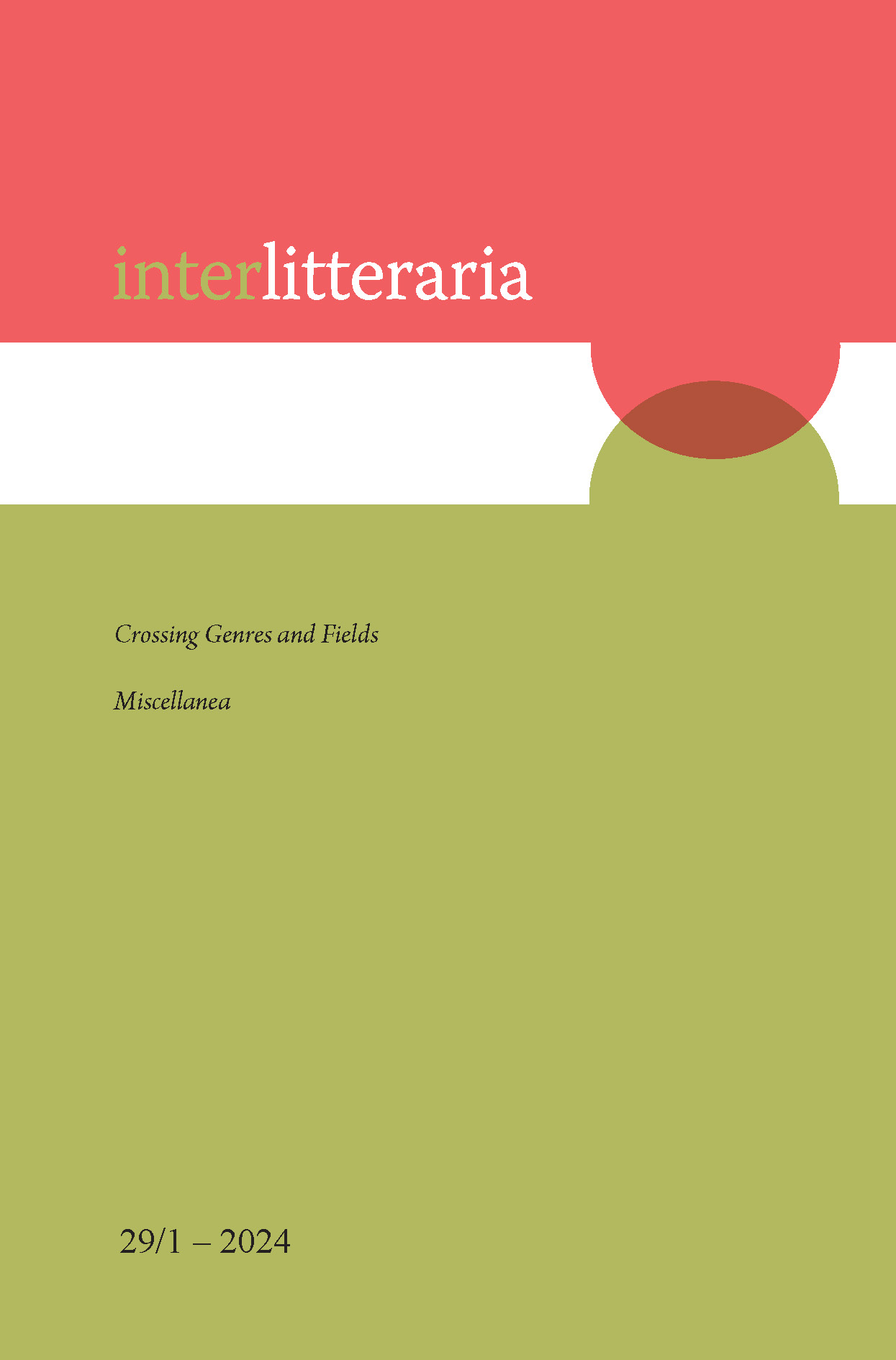Amazon Journeys and Poetic Re-Discoveries in Jan Conn’s 'Jaguar Rain' and Malu de Martino’s 'Margaret Mee e a Flor da Lua'
DOI:
https://doi.org/10.12697/IL.2024.29.1.5Keywords:
travel writing, Amazon representations, Margaret Mee, Canadian poetry, Brazilian documentaryAbstract
The year 2023 marks the thirty-fifth anniversary of botanical artist Margaret Mee’s final expedition to the Amazon. On this trip, she was at last able to paint the rare night-flowering of Selenicereus wittii, commonly known as the Amazon moonflower. Such an accomplishment was not only significant due to the rare nature of the event, but also because it was the final piece created by an artist who renewed the practice of botanical painting. Originally from Britain, Mee lived in Brazil for more than thirty years, embarking on fifteen expeditions to the Amazon region between 1956 and 1988, painting while travelling in dugout canoes deep in the forest and becoming a fervent activist for the protection of the environment. Her work has influenced many artists, e cologists, and biologists, and has served as inspiration for literary and filmic creations. In 2006, Canadian poet Jan Conn published Jaguar Rain: The Margaret Mee Poems, in which she poetically recreates Mee’s journeys to the Amazon. As both a scientist and a poet who has also extensively travelled in the region, Conn reimagines Mee’s wondrous encounters while situating them as part of a tradition of travel and exploration in South America. A few years later, in 2012, the documentary Margaret Mee e a Flor da Lua, directed by Brazilian filmmaker Malu de Martino, was premiered. In the film, Martino reconstructs Mee’s final journey to the Amazon in search of the moonflower while also reinstating the artist’s important contributions as an artist, environmentalist, and contemporary explorer. The connections between the biographical, poetic, artistic, and professional Mee are closely woven throughout the documentary, which can be seen as inserted in a new documentary tradition, less analytical and more poetic, in which notions of truth, history, and reality are problematised and rendered through different lenses. Bearing in mind that both Conn and Martino re-read Mee’s journeys through the tropes of exploration and discovery, which are commonly associated with imperial practices and colonial narratives of the New World, in this paper, we propose to discuss in which ways these tropes are brought into context and problematised, especially in relation to the depiction of Amazonian nature.
Downloads
Downloads
Published
Issue
Section
License
Copyright (c) 2024 Magali Sperling Beck, Anelise R. Corseuil

This work is licensed under a Creative Commons Attribution-NonCommercial-NoDerivatives 4.0 International License.
The contents of Interlitteraria are published under CC BY-NC-ND licence.


